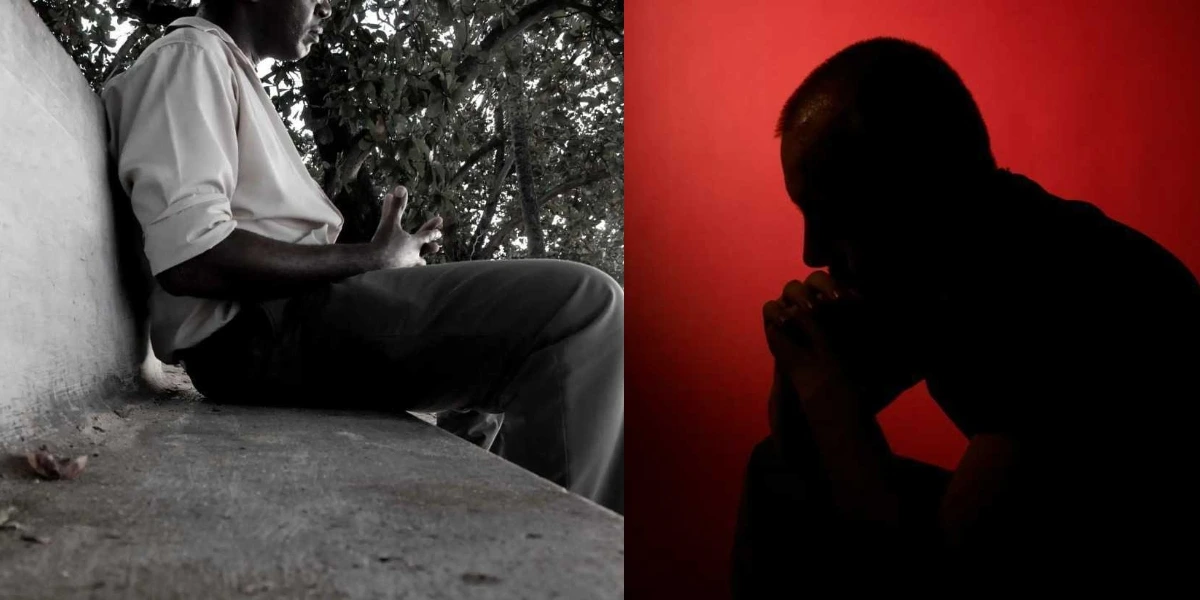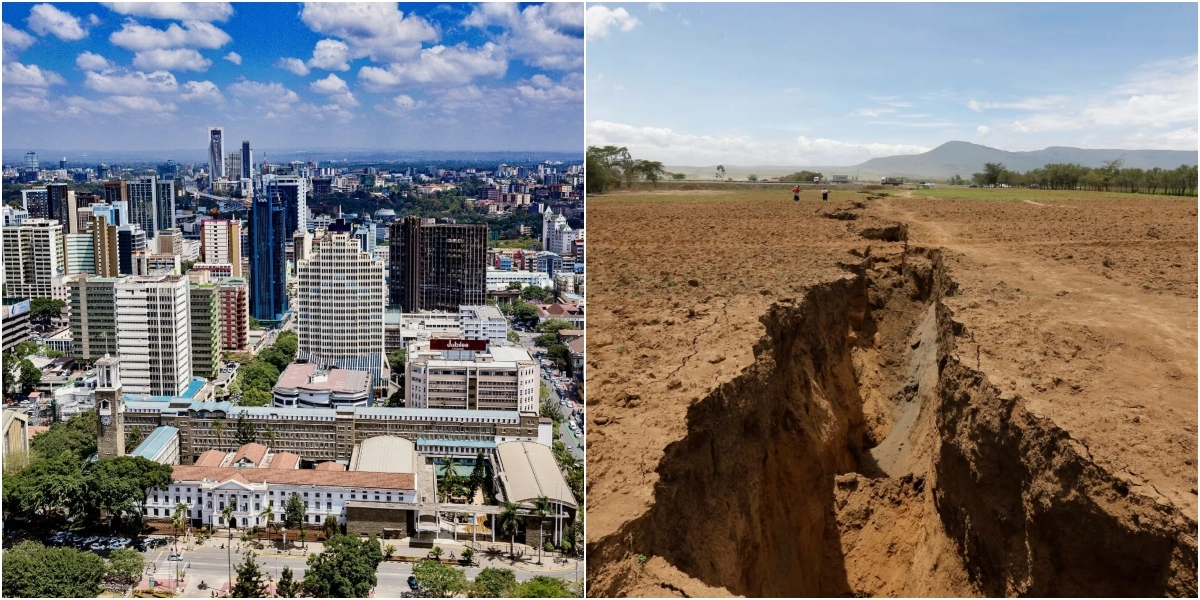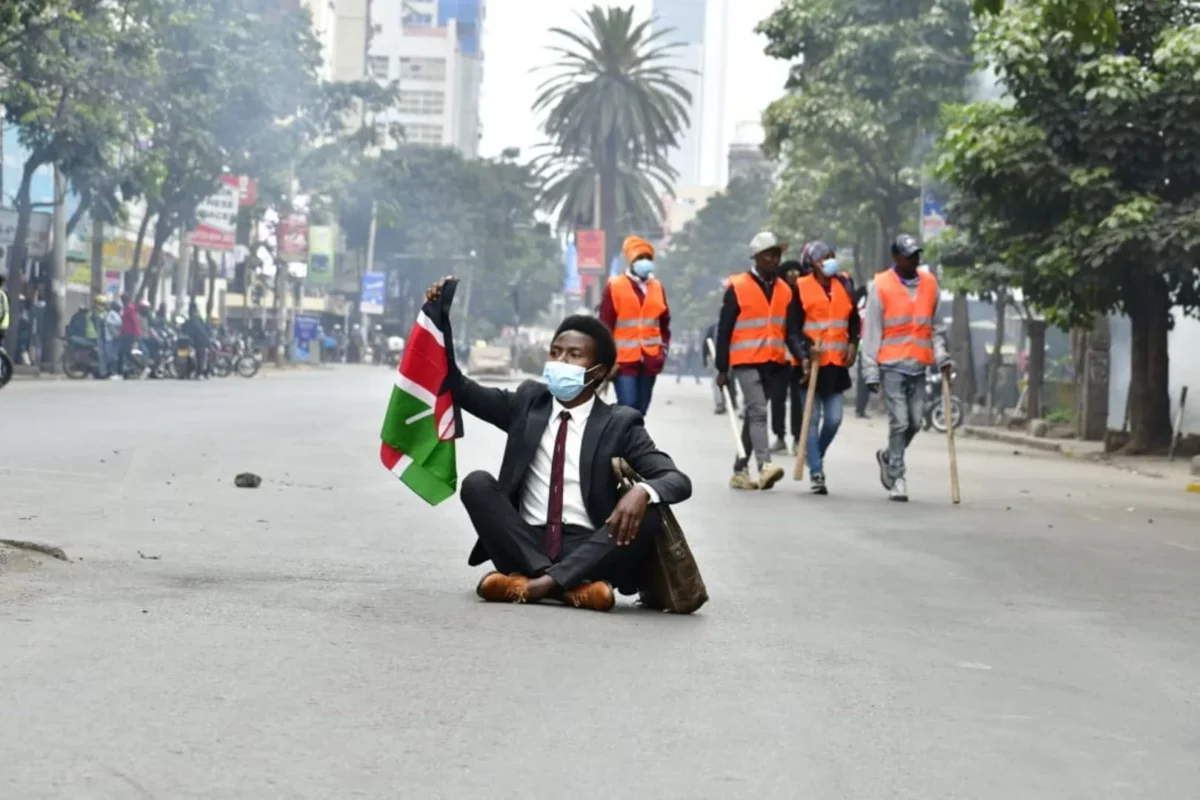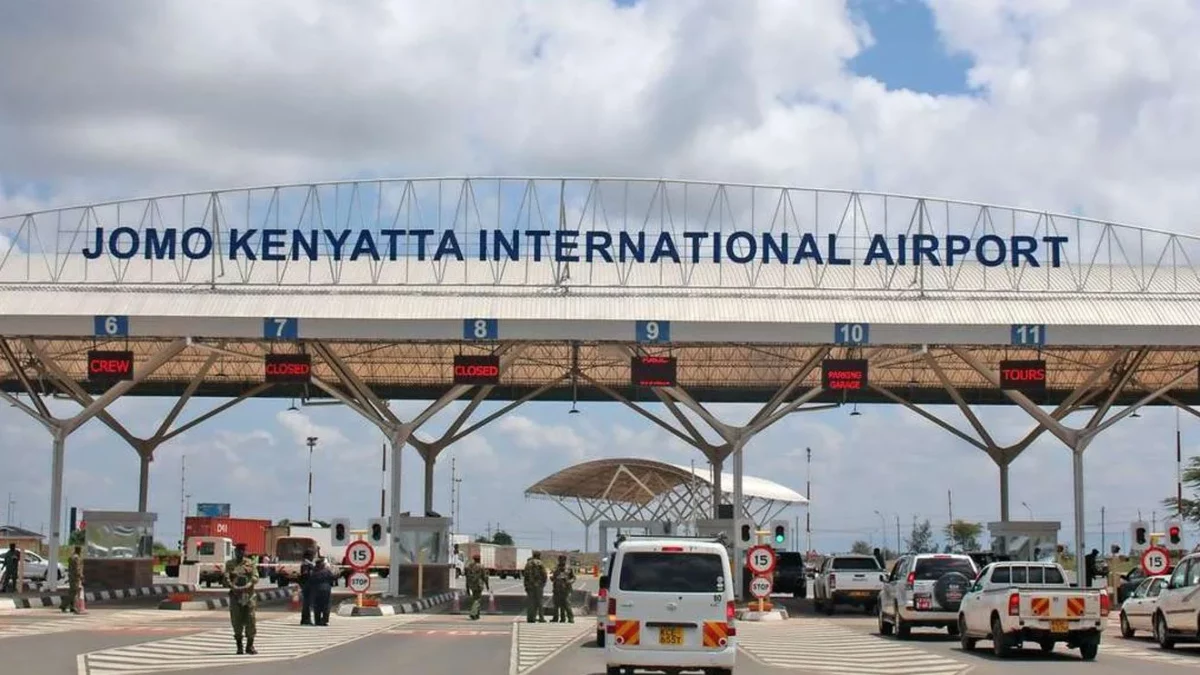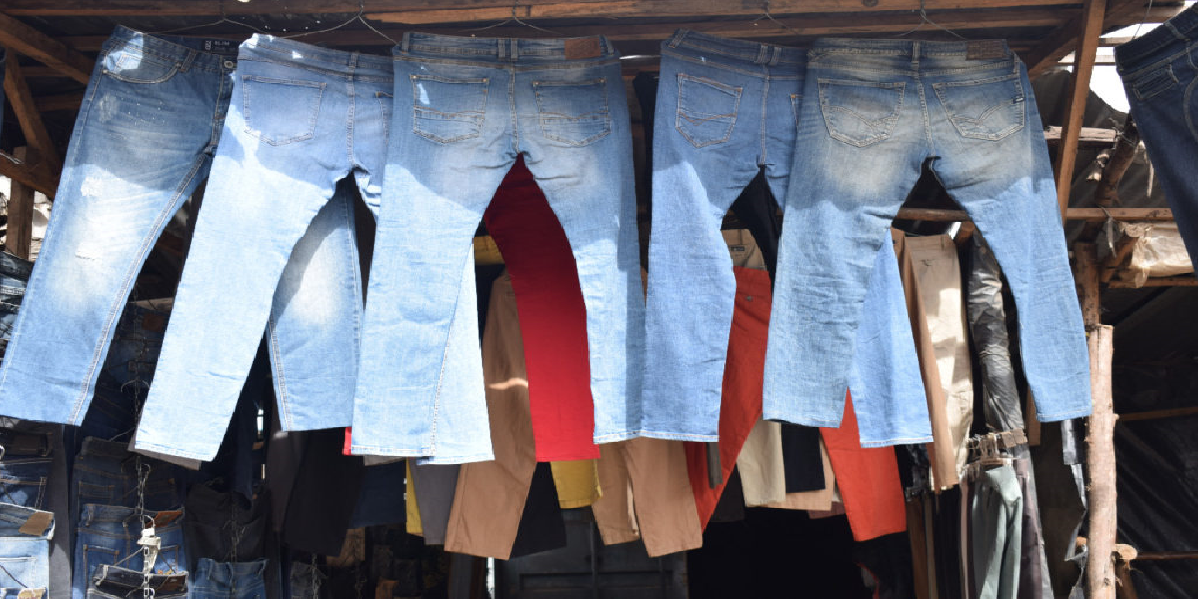If someone says they’re thinking about committing suicide, pay attention and take their worries seriously. Do not be hesitant to inquire about their plans. Let them know they are not alone and that you care.
Don’t just let them be, encourage them to contact a qualified specialist for assistance right away.
The World Health Organization (WHO) reported that an anticipated 703,000 persons commit suicide each year. World Suicide Prevention Day (WSPD) in recently held on September 10 is proof of the significance of suicide in our day and the need to tackle the emerging crisis.
The global health organization has it that suicide claims one life worldwide every 45 seconds.
Additionally, it stated that for every suicide there are 25 attempted suicides, and many more have serious thoughts of doing the same.
“Approximately 135 people suffer intense grief, resulting in 108 million people, annually, who are profoundly impacted by suicidal behaviours,” WHO reported.
According to WHO, almost 77% of all suicide cases worldwide in 2019 occurred in low- and middle-income countries, making it the fourth most common cause of death for people aged 15 to 19.
The largest risk factor for suicide is having previously attempted suicide. Mental diseases, notably depression and alcohol use disorders, are associated with suicide.
Risk elements, preventing factors, and warning signs are all defined by the Suicide Prevention Resource Center.
Risk factors are characteristics that make it more likely that an individual will consider, attempt, or die by suicide.
Warning signs indicate an immediate risk of suicide. Protective factors are characteristics that make it less likely that individuals will consider, attempt, or die by suicide.
Risk factors for suicide. Who is in danger?
The WHO observed in 2021 that impulsive suicides frequently occur in times of crisis due to a breakdown in coping mechanisms for life stresses such as monetary difficulties, relationship breakups, or chronic pain and disease.
Certain occurrences and conditions could raise the risk (not in a particular order, except the first one).
They are as listed below:
1. History of attempted suicide(s)
2. Suicide in the family’s past
3. Abuse of substances
4. Mood issues (depression, bipolar disorder)
5. Available deadly weapons (e.g., keeping firearms in the home)
6. Loss and other occurrences (for example, the breakup of a relationship or a death, academic failures, legal difficulties, financial difficulties, bullying).
7. Abuse or trauma history
8. Chronic physical conditions
9. Exposure to other people’s suicidal conduct
Sometimes a recent stressor or an unexpected catastrophic occurrence, failure, or circumstance can leave people feeling hopeless, unable to see a way out and reach the “tipping point” where they consider killing themselves.
Warning signs of suicide
Frequently discussing or writing about death, suicide, or dying
expressing feelings of helplessness, worthlessness, or hopelessness.
Expressions such as “I want out” or “It would be better if I wasn’t here” are examples of people who feel they have no reason to live.
Increased use of alcohol or other drugs
Withdrawal from the community, family, and friends reckless behaviour or engaging in riskier activities without apparent consideration can be telling signs.
Dramatic shifts in mood
Sudden mood shifts without provocation and expressing feelings of being entrapped or being a burden to others.
Protective factors and how to reduce suicide rates
Having a strong support group and community that gets positively involved in helping one another can do wonders for the downtrodden.
Forming meaningful, healthy relationships with providers (e.g. a follow-up phone call from a health care professional or counsellor one has been seeing.).
Access to a wide range of clinical interventions is simple and there is effective mental health care.
Strong links to persons, family, community, and social institutions.
Conflict resolution and problem-solving abilities.
A substantial correlation between suicidal behaviour and suffering conflict, disaster, violence, abuse, loss, and a sense of isolation was also stated in the report.
“Suicide rates are also high amongst vulnerable groups who experience discrimination, such as refugees and migrants; indigenous peoples; lesbian, gay, bisexual, transgender, intersex (LGBTI) persons; and prisoners,” WHO said.
According to WHO statistics on suicide methods, the majority of pesticide self-poisoning deaths take place in rural agricultural areas of low- and middle-income nations and account for about 20% of all suicides worldwide.
The use of guns and hanging are additional prevalent suicide techniques.


